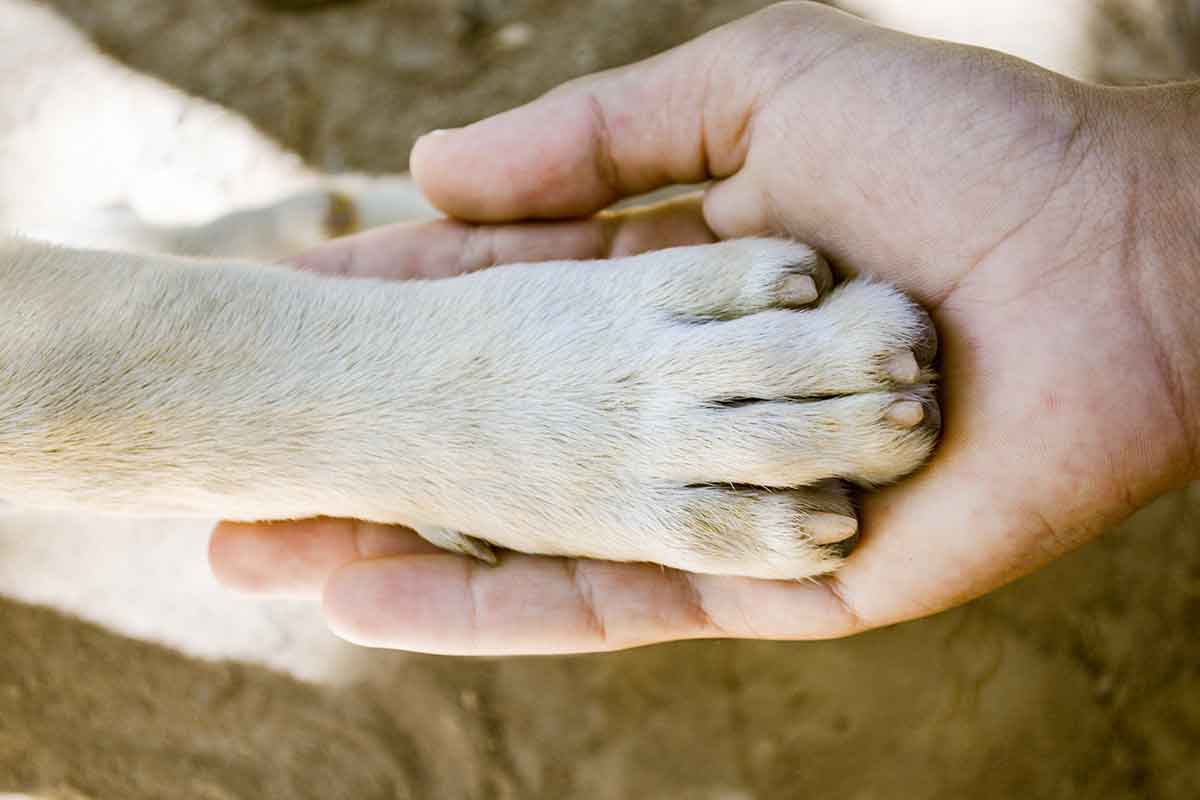Not long ago, a woman contacted me about her dog. He was an accomplished trash can raider and recently had surgery to remove several foreign objects from his intestinal tract. “I guess it’s time for him to be trained,” she said.
This idea that training is something that happens to the dog is not unusual. The best training, however, and the most successful training, is a process that you and your dog do together.
Although this owner is not looking for fun right now, the training process should be enjoyable for both her and her dog. A militant, rigid, forceful training process is neither fun nor rewarding for anyone involved. We humans are more apt to continue an activity that is enjoyable, and the same applies to our dogs. Here’s what to know about the team training process.
Training Creates Communication
Communication between a dog and owner grows when the two parties involved listen to each other, watch each other, and strive to understand one another. Training done well, with lots of listening, watching, and understanding, creates better communication.
I saw an example of this recently when Bones, my five-year-old English Shepherd, stood in front of me, looked at me, and obviously (and nonverbally) asked a question. I understood his question and thought, “Yes,” but before I could say it, Bones bounced across the room, shook his leash off the wall hook, and brought it to me.
We were both happy with the result: a fun walk. Good communication significantly reduces frustrations for both you and your dog.
Make Changes To Change Habits
If you are beginning training because your dog has some habits you’d like to change, such as raiding trash cans, keep in mind that changing habits is hard. You know that yourself if you have tried to lose weight, stop smoking, or maintain an exercise routine. We are creatures of habit, and so are our dogs.
When trying to teach your dog and change some of his habitual actions, you may both need to make changes. For example, if your dog is used to dashing out the back door as soon as it’s opened rather than waiting for permission to go out, you will need to teach him to wait, help him understand what you want and how to comply with it, and then apply that wait at the back door. Part of that is changing your normal habit of opening the back door and standing aside for him to dash out.
Learning Takes Two
It’s not unusual for my students to say, after a few training sessions, “I get it now. You’re teaching dog owners as much as the dogs.” I always smile, praise them for their perception, and admit that’s true.
Whether you are training your first dog or your tenth, there is always something to learn. The training process itself changes as we acquire new knowledge about dog behavior in general as well as our individual dogs’ quirks. The changes in your own life, from one dog to the next, also play a role in the ways you train each dog.
So, yes, the process many be called dog training but you both will be learning new things. This is a team effort.
Approach training with a smile, a pocket full of good treats, and with the goal of teaching your dog rather than of scolding, forcing, or punishing him. When you and your dog both look forward to training, you will find that lessons are more readily learned and training is more successful.
This article was reviewed/edited by board-certified veterinary behaviorist Dr. Kenneth Martin and/or veterinary technician specialist in behavior Debbie Martin, LVT.








